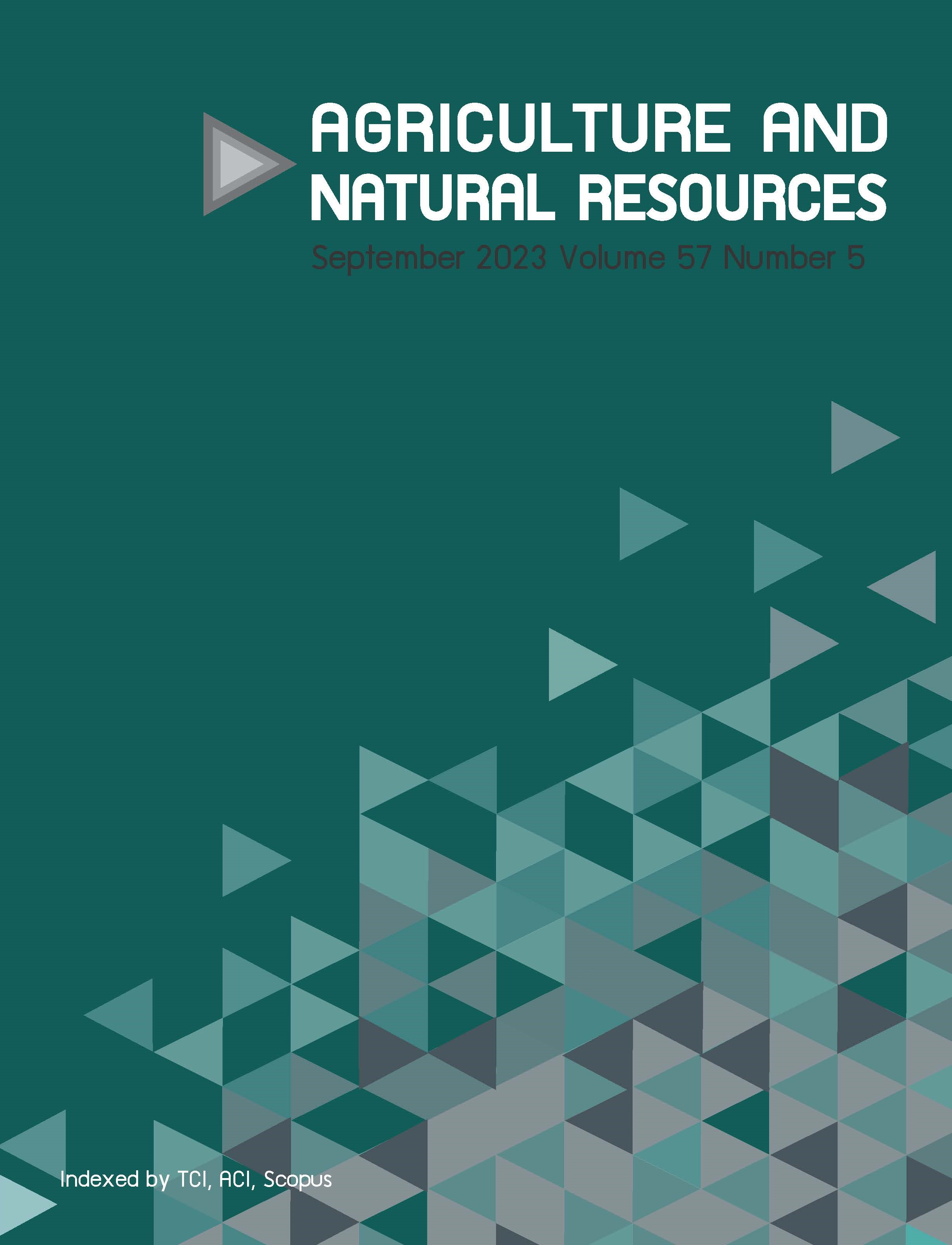Evaluation of black soldier fly Hermetia illucens (L.) larvae flour as larval diet for dengue vector mosquito Aedes aegypti (Diptera: Culicidae)
Keywords:
Aedes aegypti, Hermetia illucens, Larval diet, Mosquito rearing, Sterile insect techniqueAbstract
Importance of the work: A low-cost ingredient for an Aedes aegypti larval diet is desirable for mosquito birth control programs.
Objectives: To investigate flour made from black soldier fly (BSF; Hermetia illucens) larvae as an alternative diet for Ae. aegypti larvae.
Materials & Methods: Prepupal BSF aged 18–21 d and two commercial animal diets were processed into flour and administrated to Ae. aegypti larvae. The nutrient contents were characterized and the experimental parameters were observed: L1 to pupation
developmental time, mortality, sex ratio, pupal weight and emergence rate.
Results: The BSF flour had the highest nutrient content compared to two commercial diets, based on proximate and amino acid analyses. Larvae reared on BSF flour were characterized by the slowest immature developmental time, lowest mortality and heaviest pupae compared to the other larval diets. In addition, larvae fed on BSF flour produced a significantly higher ratio of male-to-female pupae, while larvae fed on the other two diets were opposite owing to higher mortality of larvae.
Main finding: Although notably, the BSF larvae flour resulted in delayed immature growth, its nutrient content was sufficient for larval development. The use of BSF larvae flour as a larval diet may reduce the cost of male Ae. aegypti production in the sterile insect technique program
Downloads
Published
How to Cite
Issue
Section
License
Copyright (c) 2023 Kasetsart Universityonline 2452-316X print 2468-1458/Copyright © 2022. This is an open access article under the CC BY-NC-ND license (http://creativecommons.org/licenses/by-nc-nd/4.0/),
production and hosting by Kasetsart University of Research and Development Institute on behalf of Kasetsart University.







